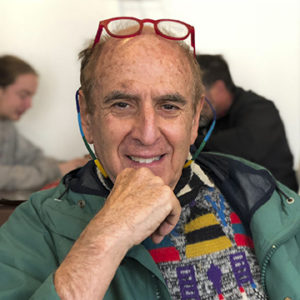Monday, December 26, 2016
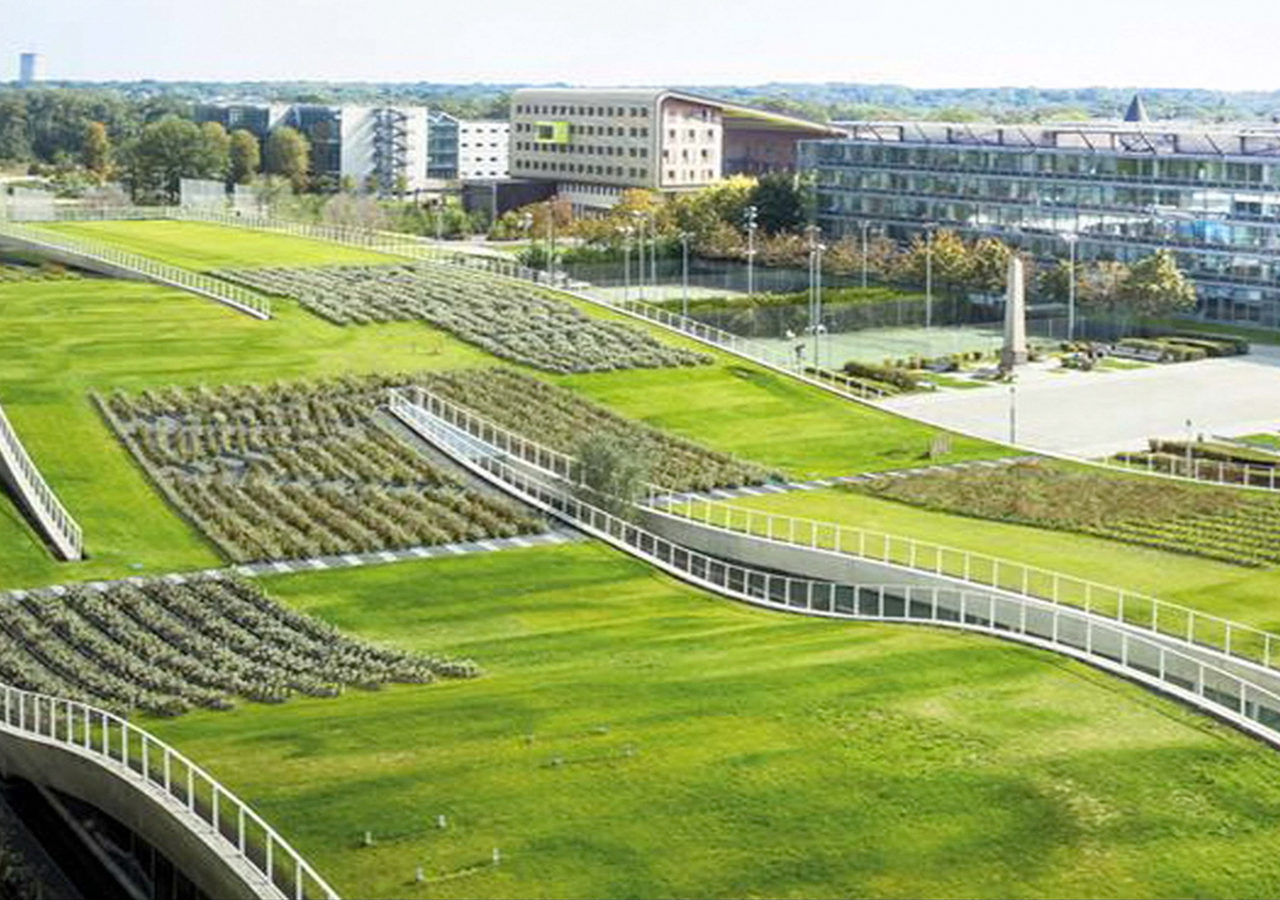
A Brief Story of a Vision “While doing research on solutions for sustainable mixed-use urban corridors, I came to foresee the advantage of incorporating a food-growth area integrated…
Read More
Tuesday, August 30, 2016
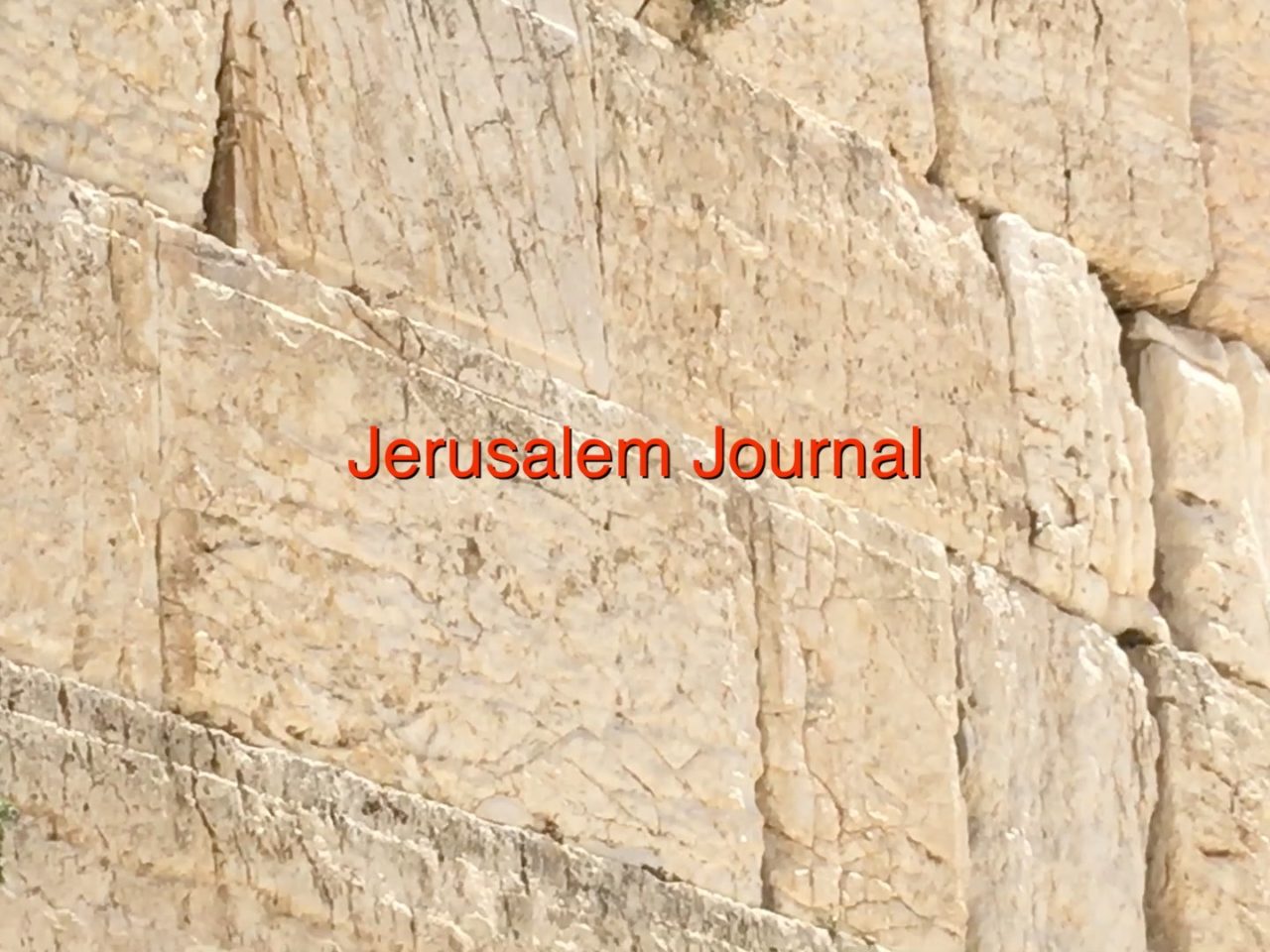
Jerusalem Journal attempts to capture meaningful aspects of the world’s most complex city. During three non-consecutive days I walked miles through some of its sections, old and new. The light rail traveling provided me with an opportunity to encounter people of all walks of lives, faiths and nationalities. In Jerusalem discovery, within and without, is a non-ending process.
Read More
Tuesday, August 16, 2016
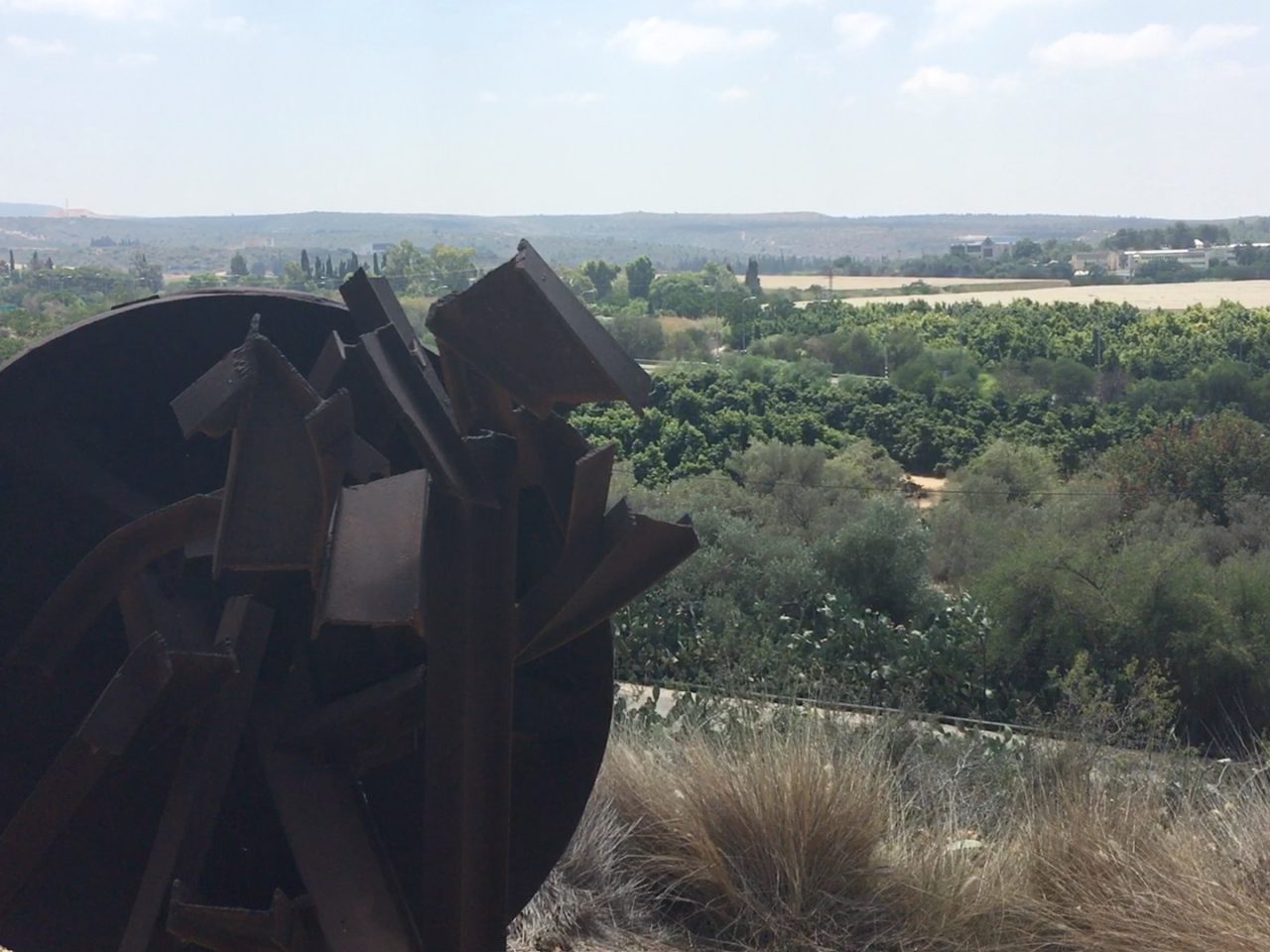
Cabri is a kibbutz in Western Galilee. It includes the Gottesman Etching Center and an art gallery. For many years it was the residence place of sculptor Yechiel Shemi, Israel Prize winner and the first Israeli artist from whom New York’s Museum of Modern Art acquired work. The video shows an opening dedicated to artist Tobi Harel and to poet Ronny Someck, yet its message goes beyond that. It shows that contemporary art production can grow not only in an urban environment, but it can flourish in the country as well.
Read More
Saturday, July 2, 2016
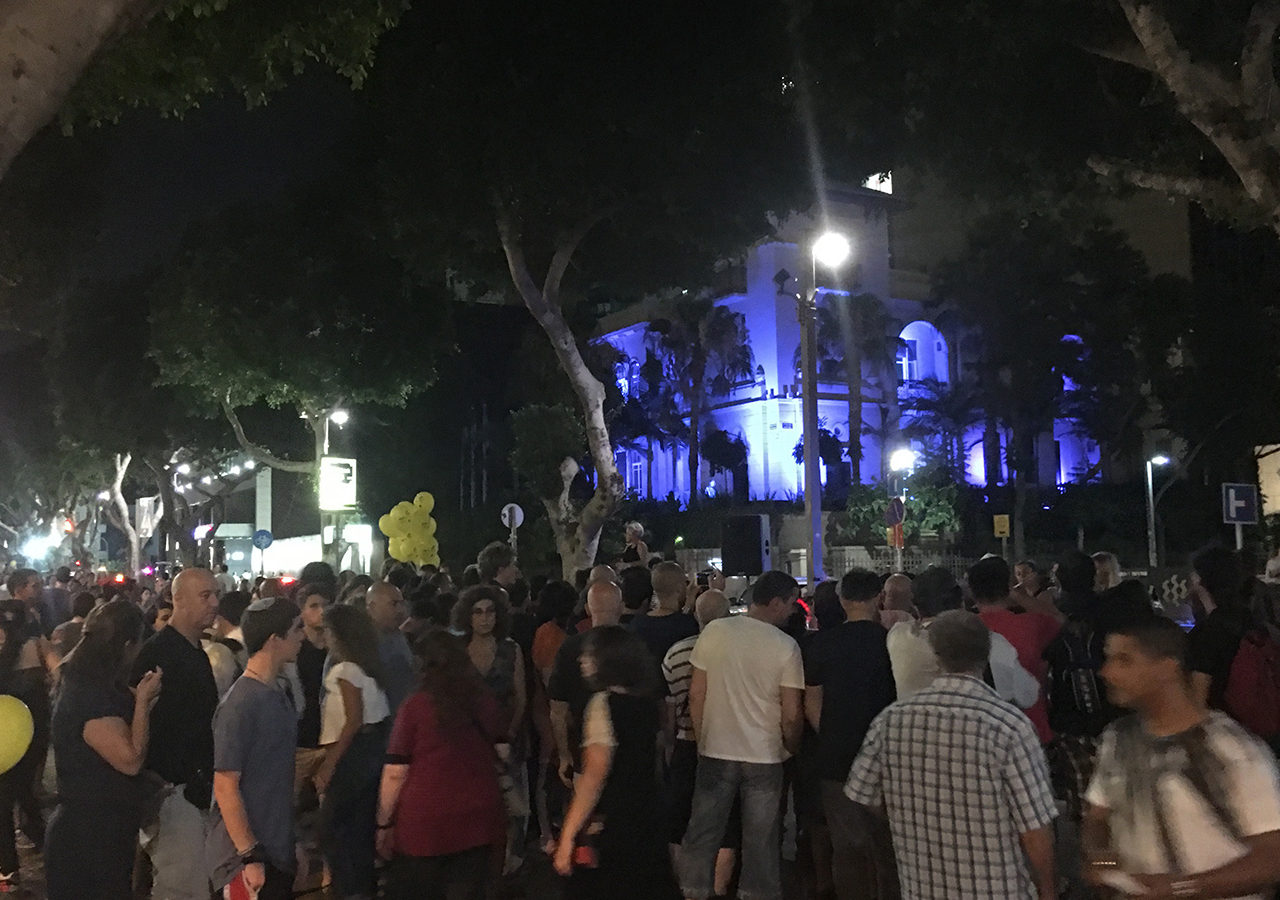
Tel Aviv, “the city that never sleeps,” becomes once a year, during White Night, a place where nobody seems to sleep at all: youngsters, adults and children flow into tens of events throughout its annual “White Night.” Cities are not just the accumulation of buildings, streets and open spaces.The are the focal point of culture. For those intoxicated with negative news from the Middle East, this video may offer another viewpoint.
Read More
Sunday, June 5, 2016
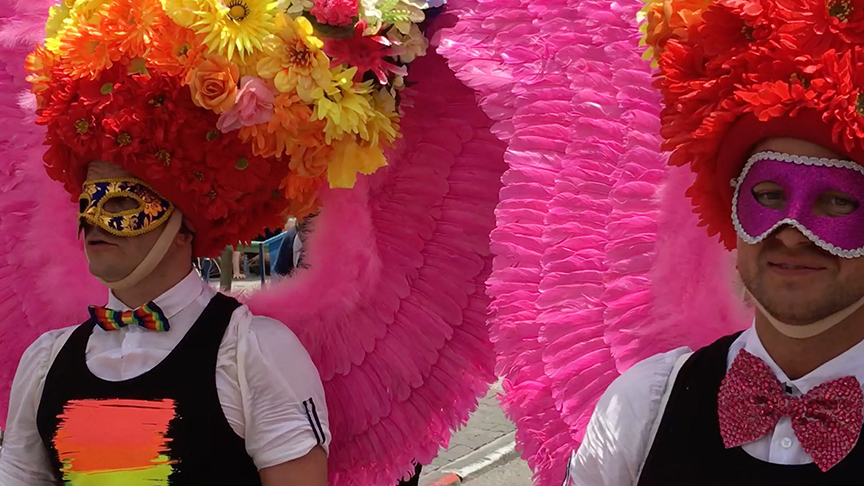
Tel Aviv’s 18th annual Pride Parade is officially titled “Women for Change.” It joins similar manifestations around the world to assert tolerance and equal rights for all, except…
Read More

 Architecture Awareness
Architecture Awareness



